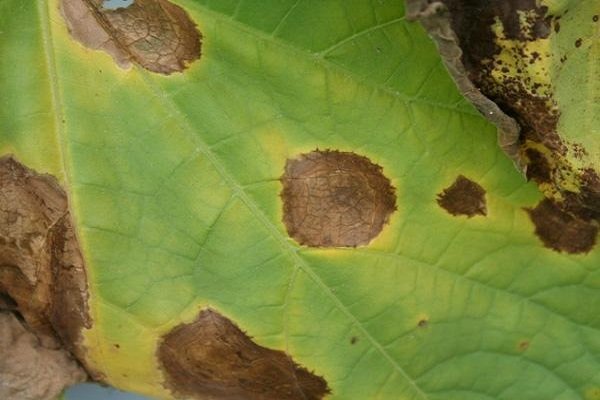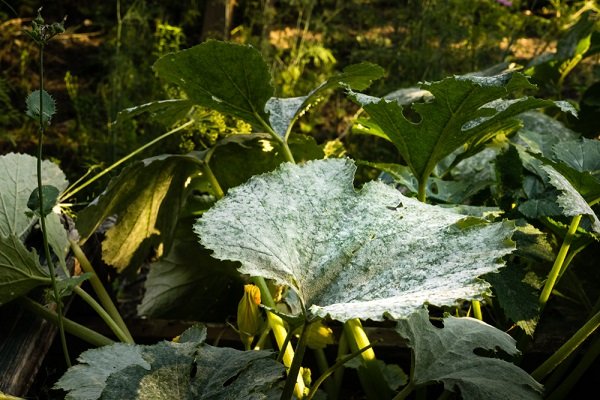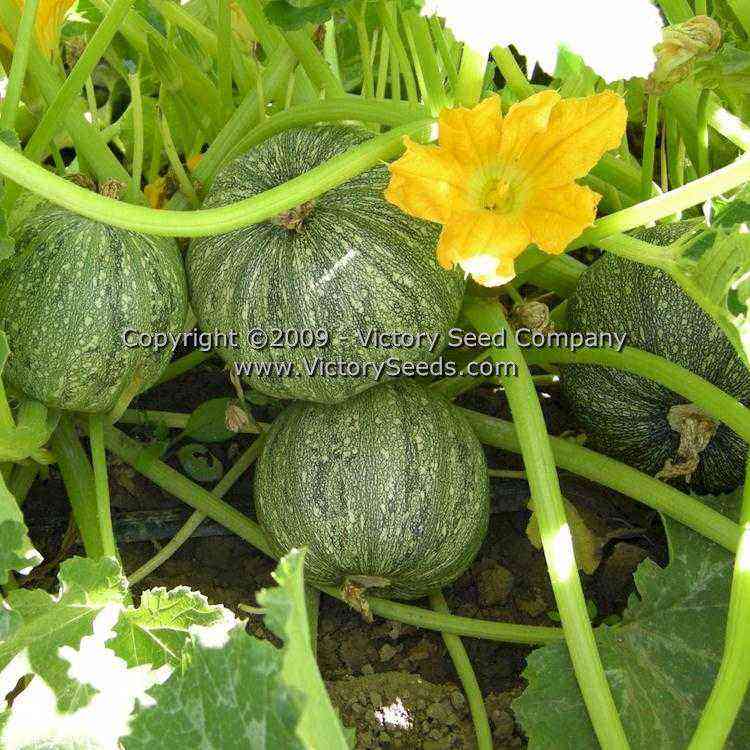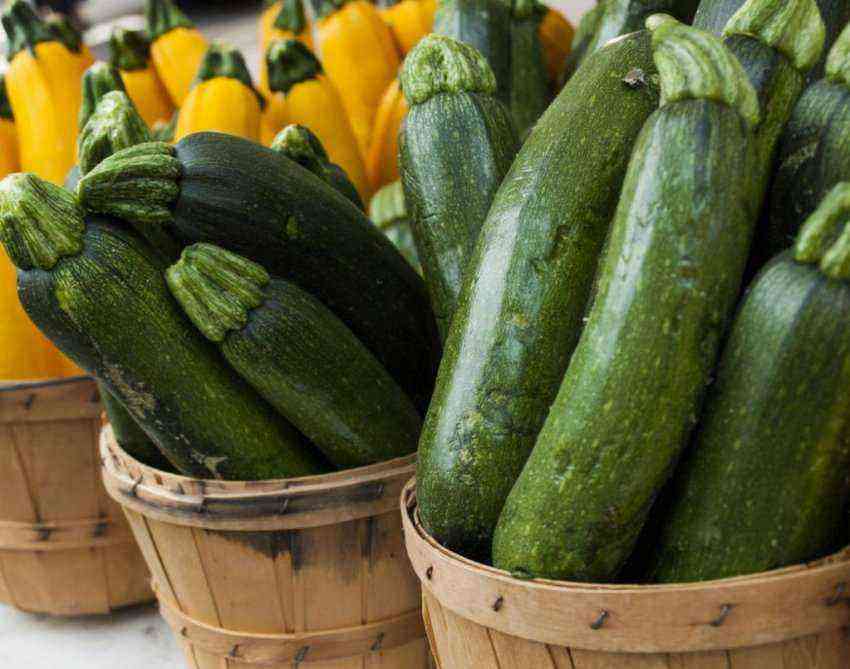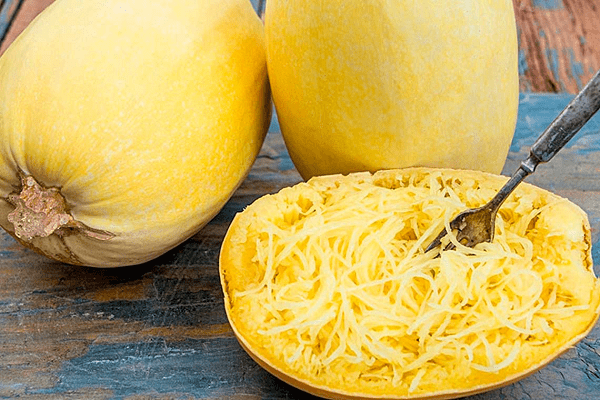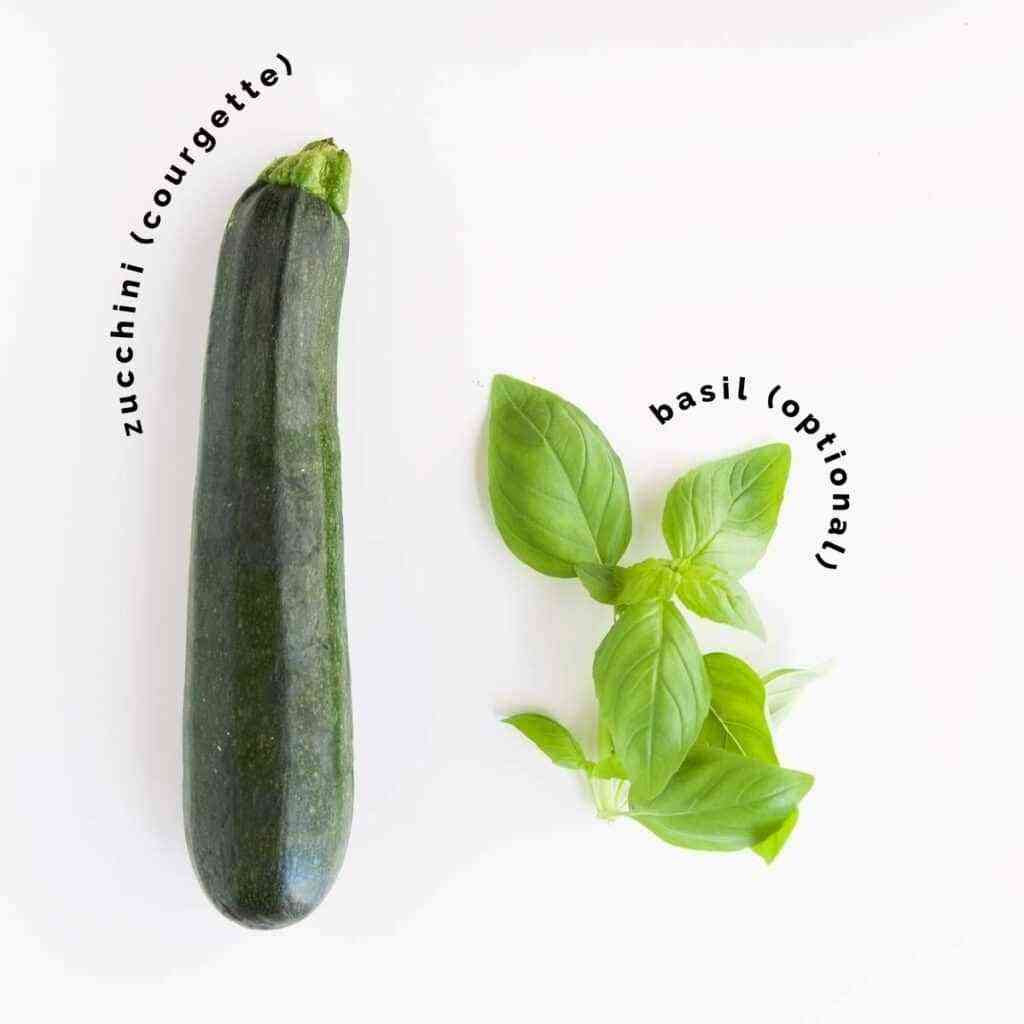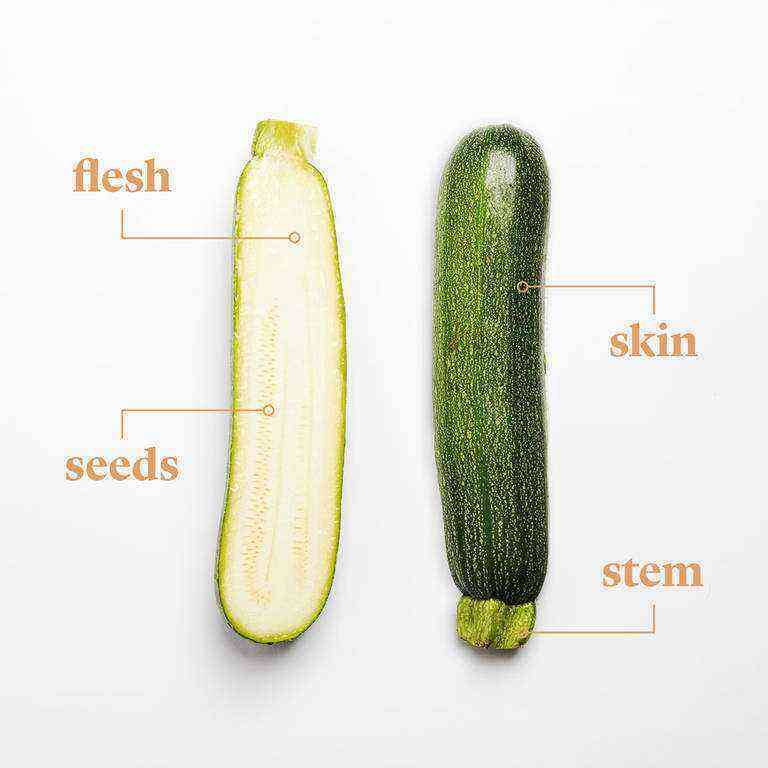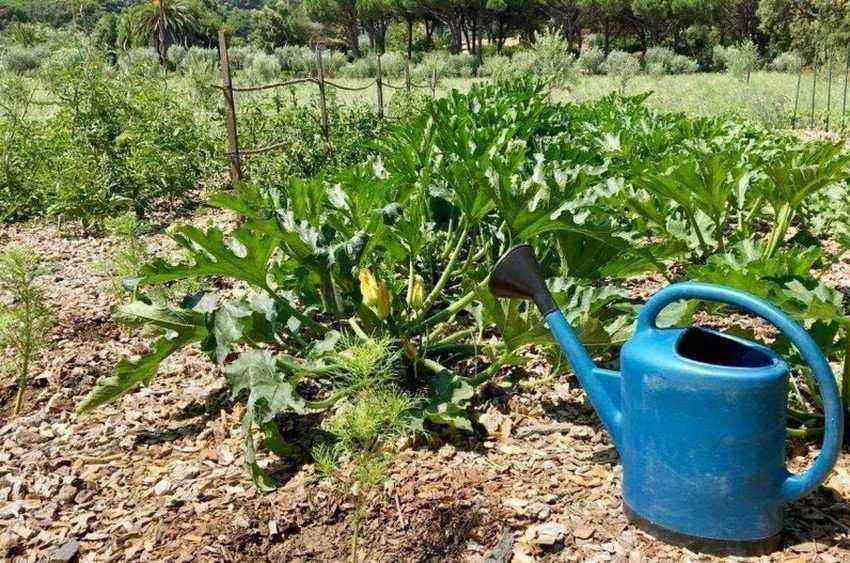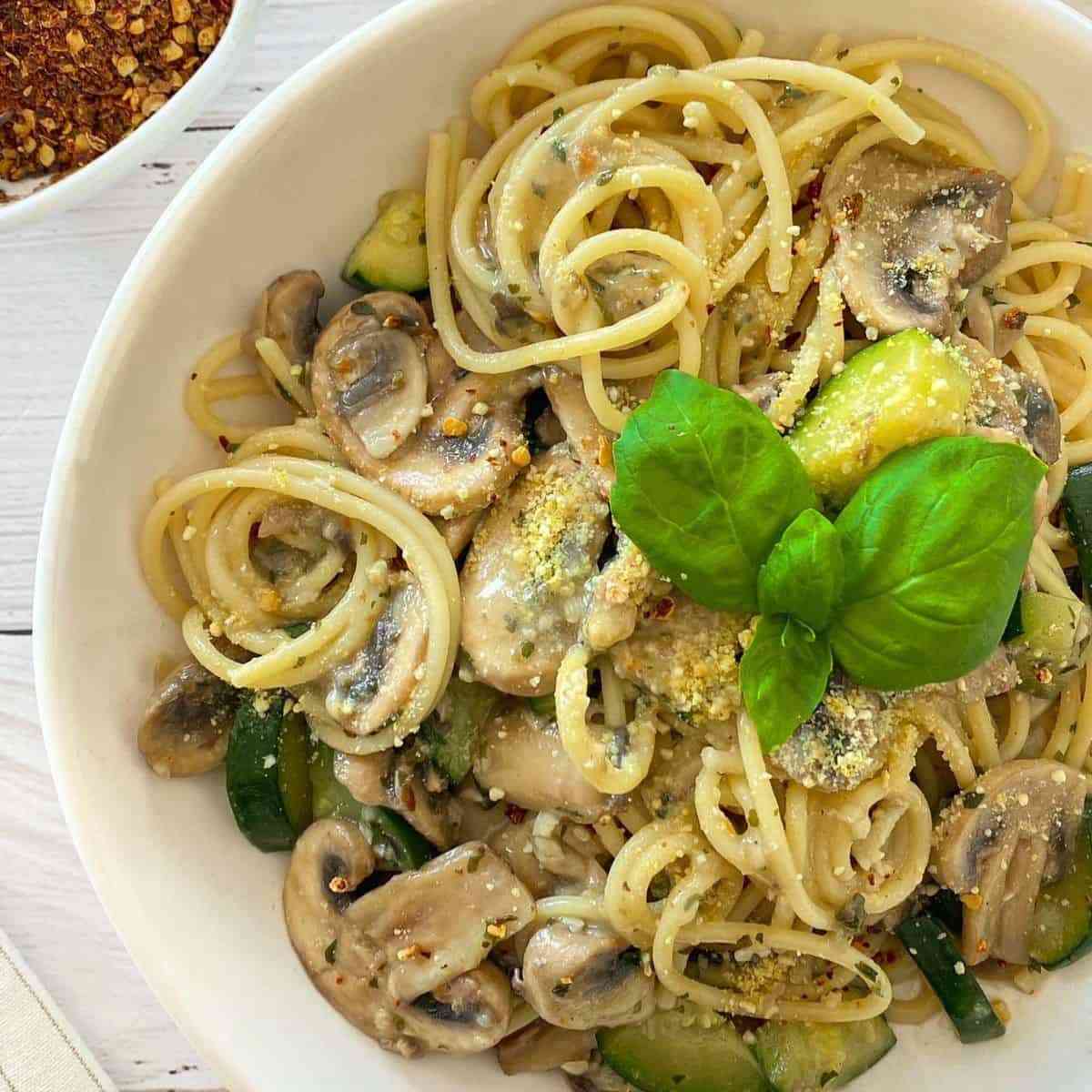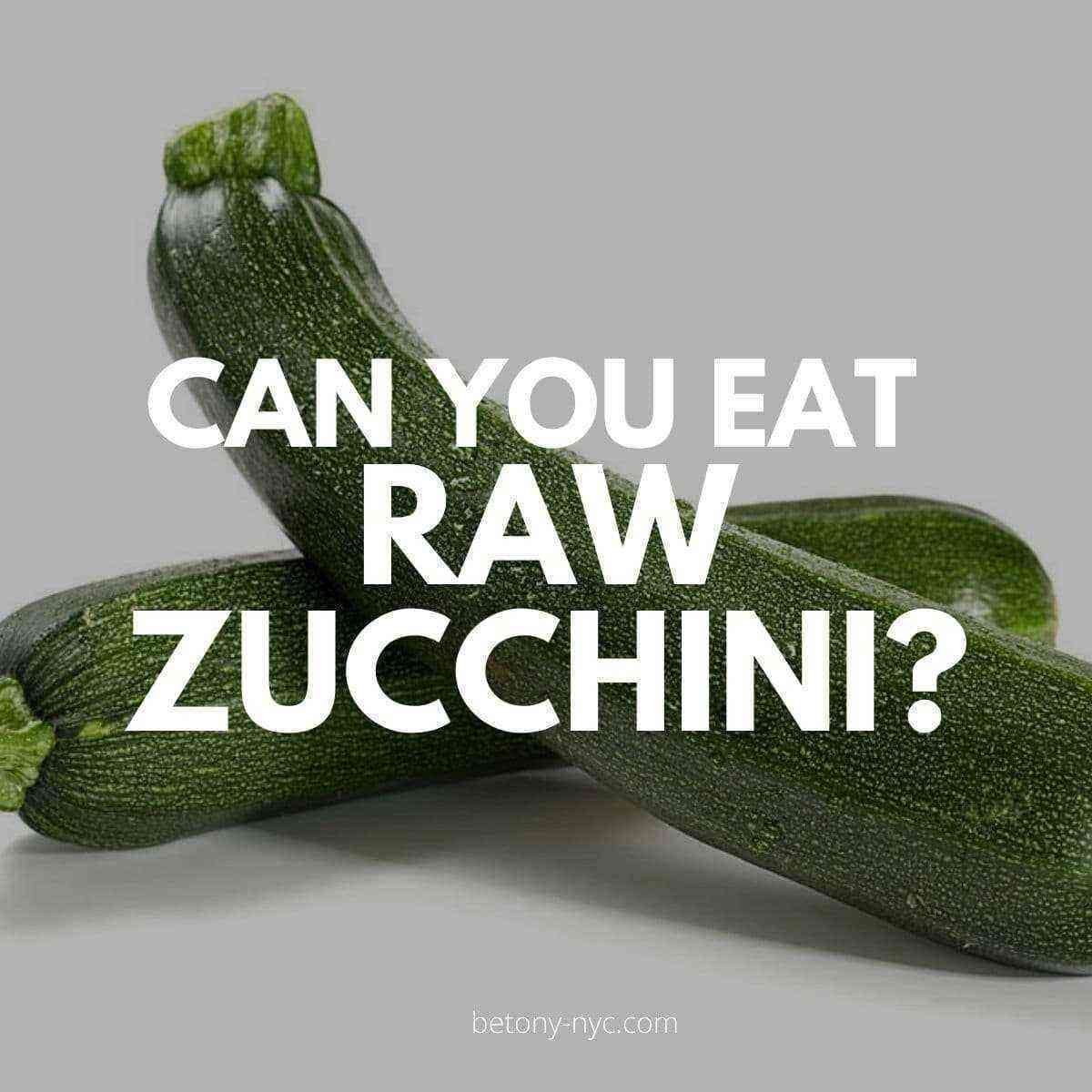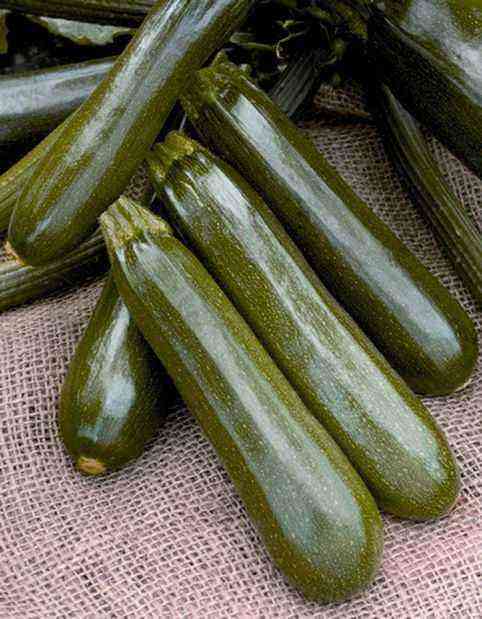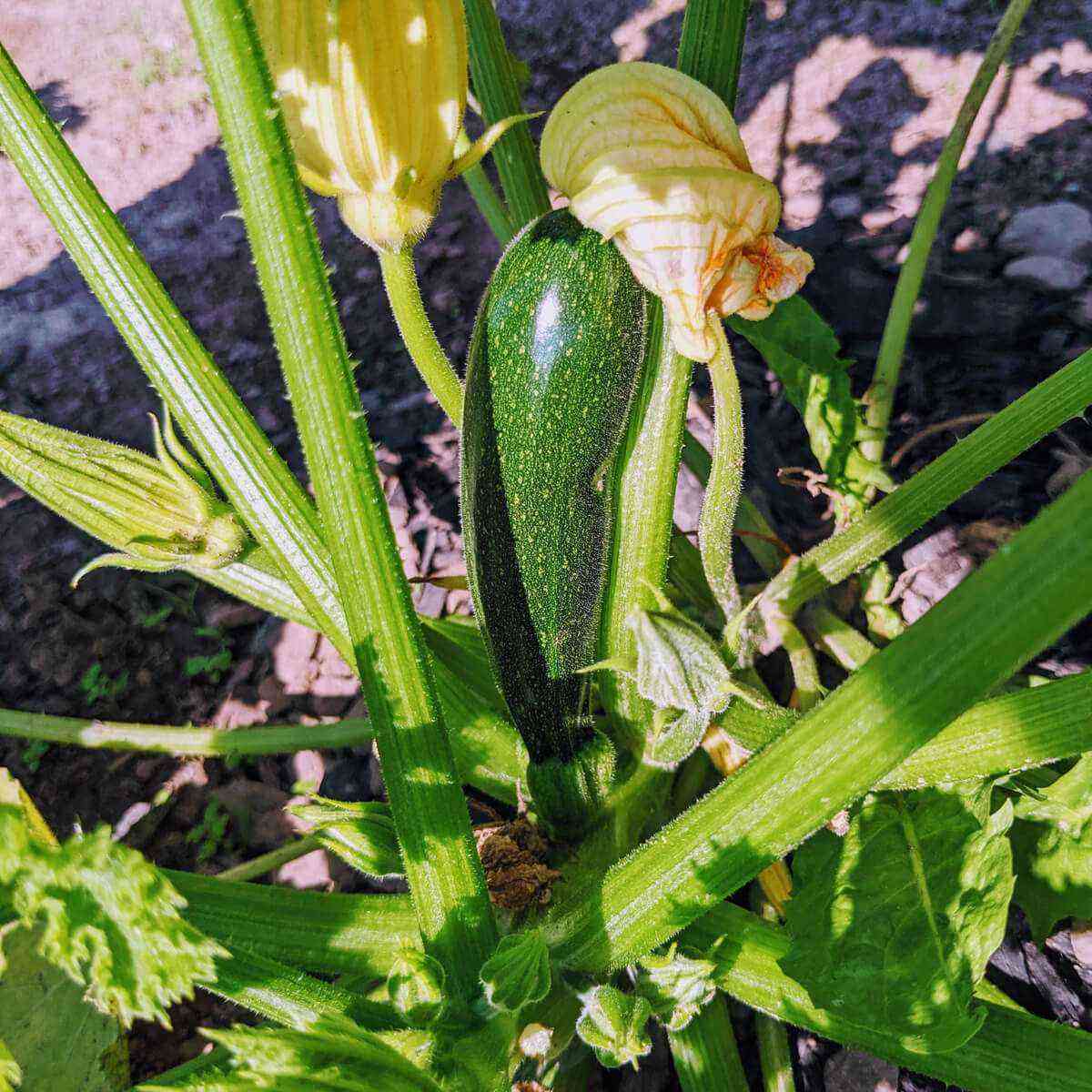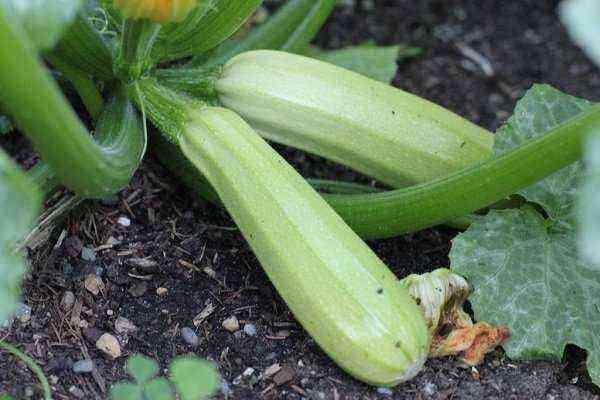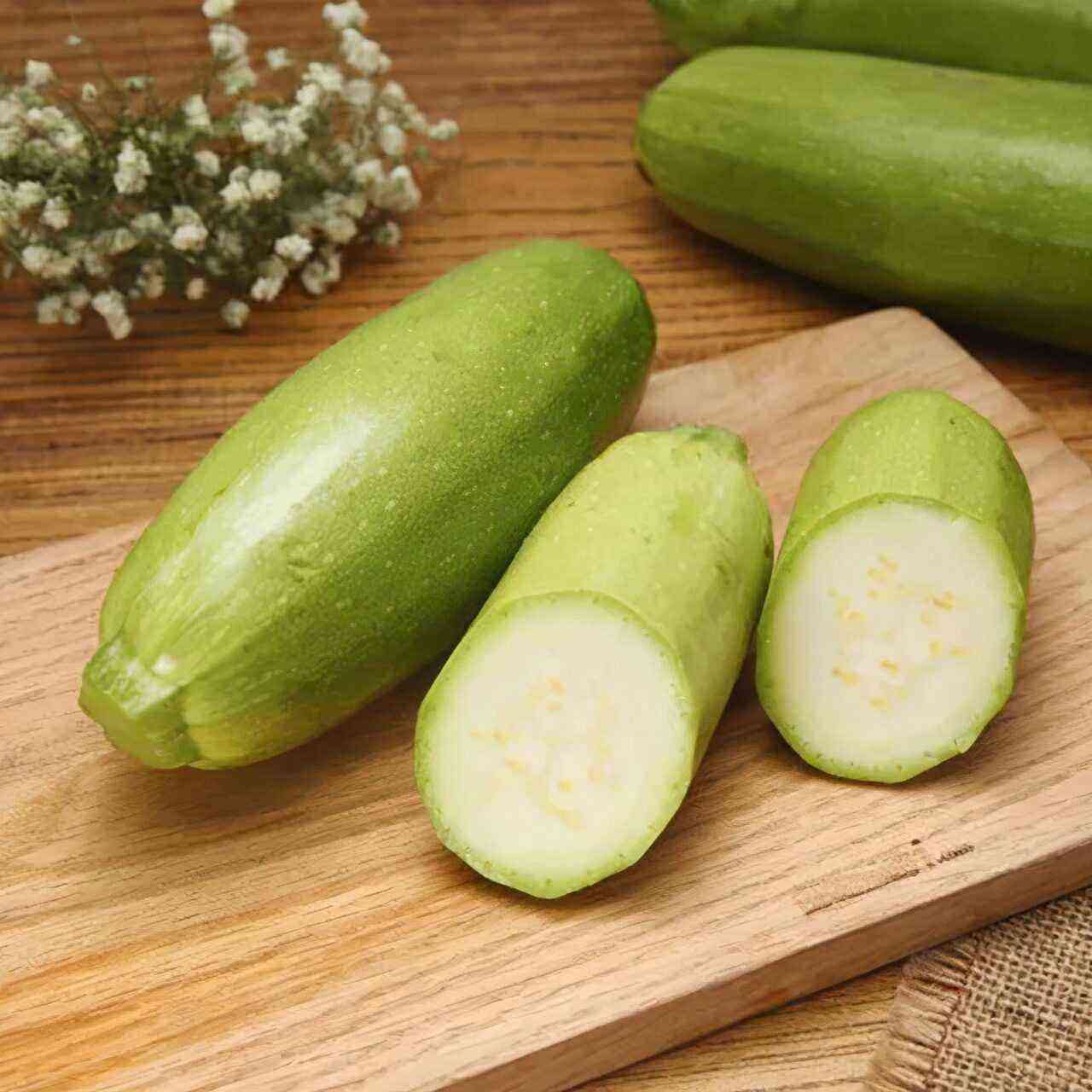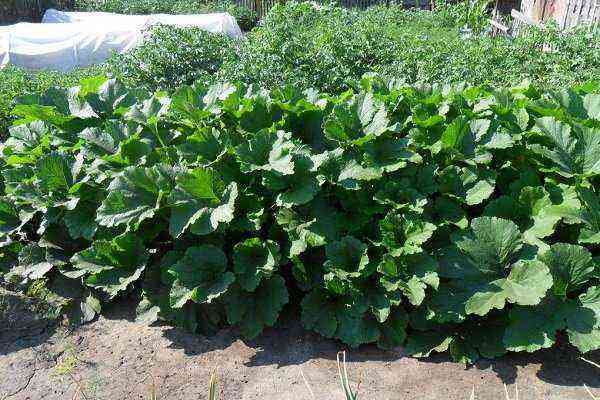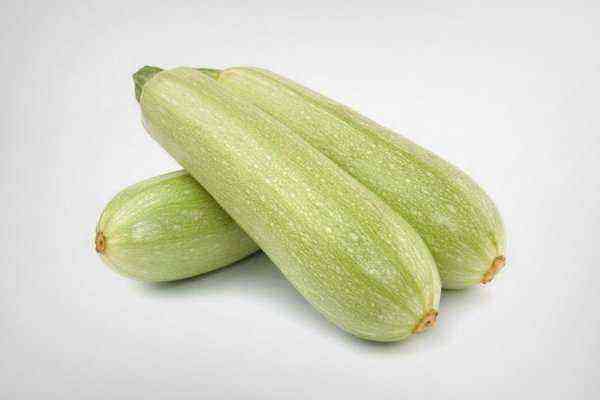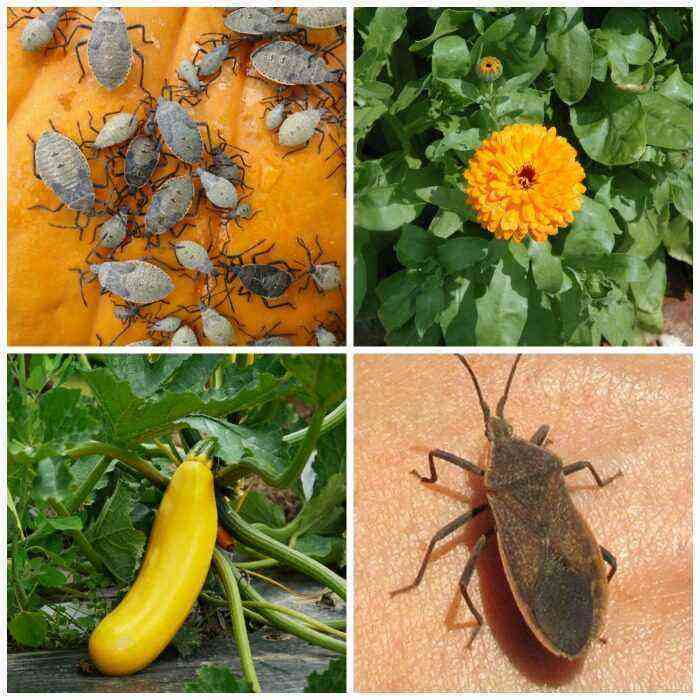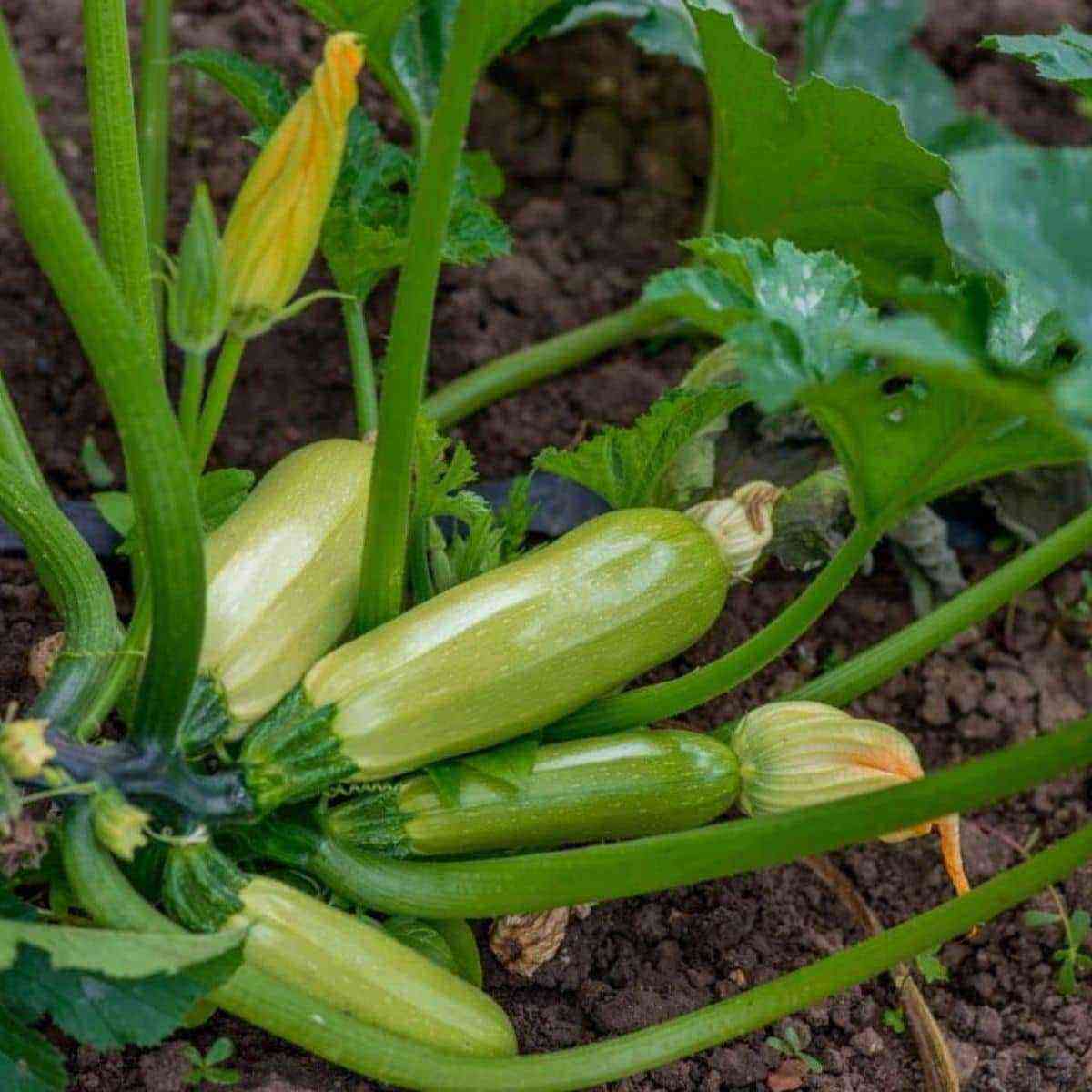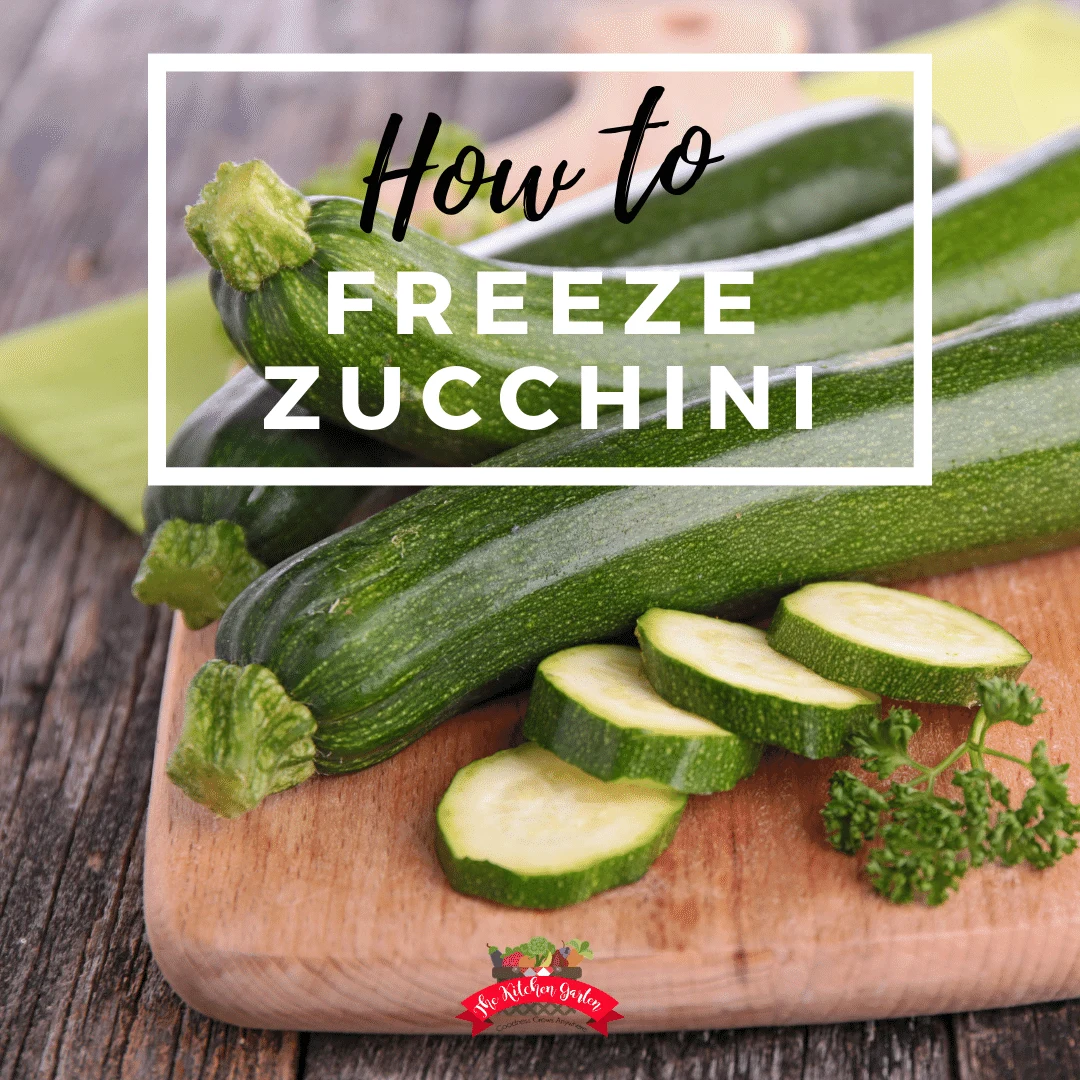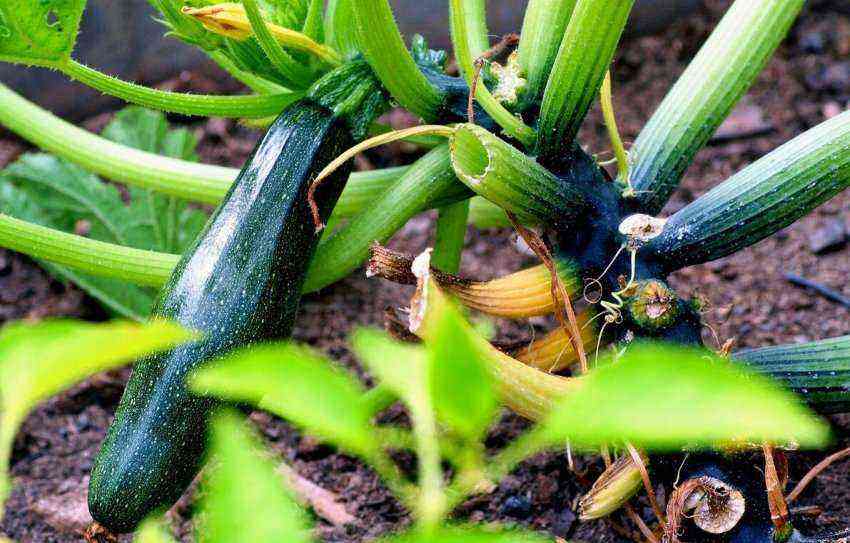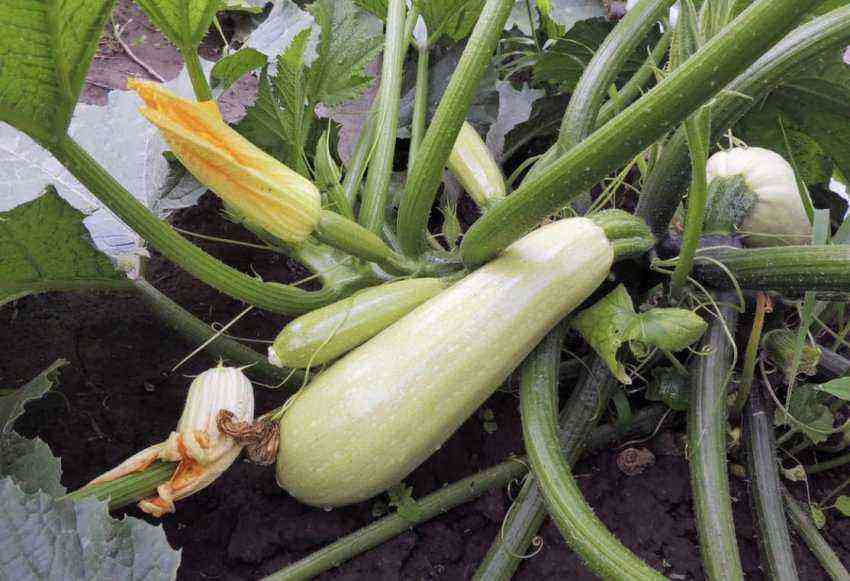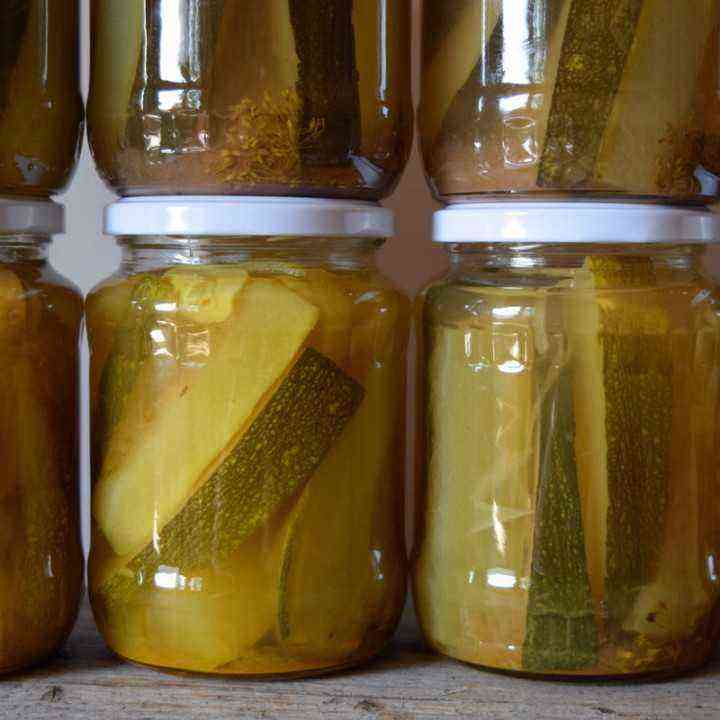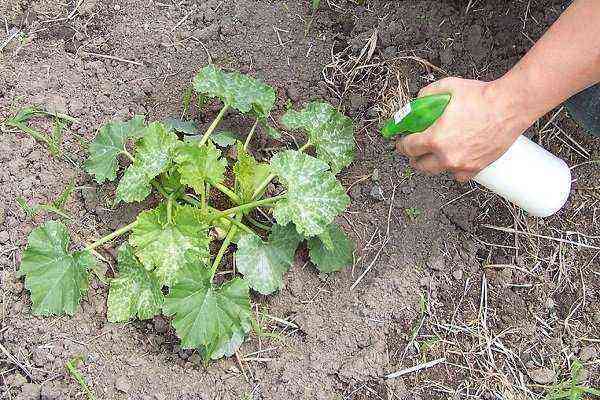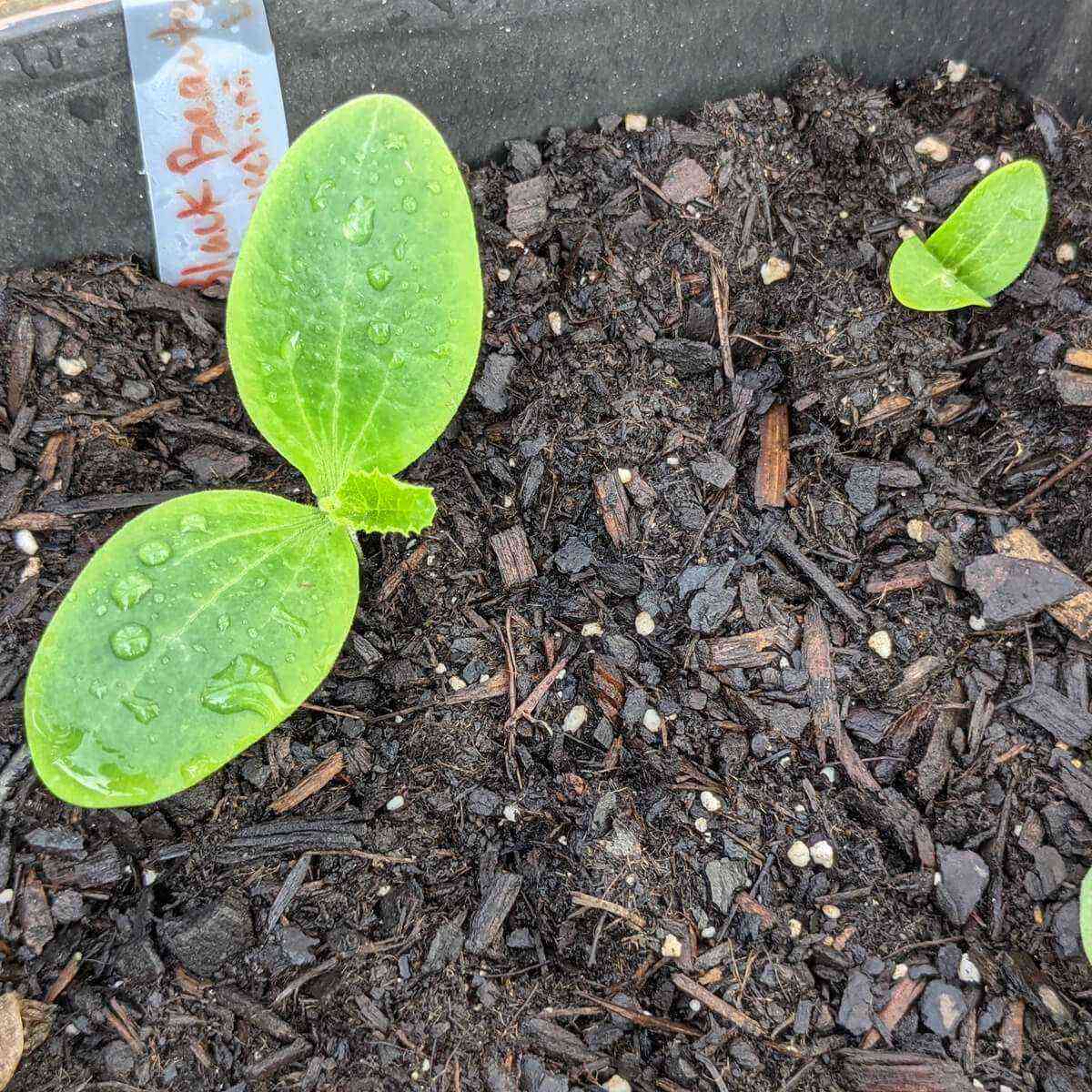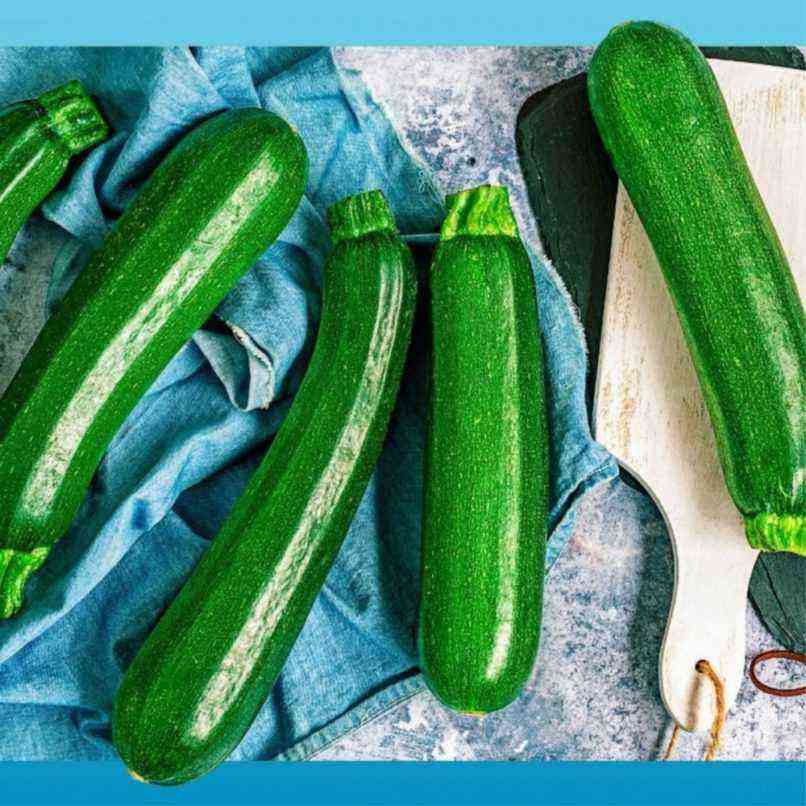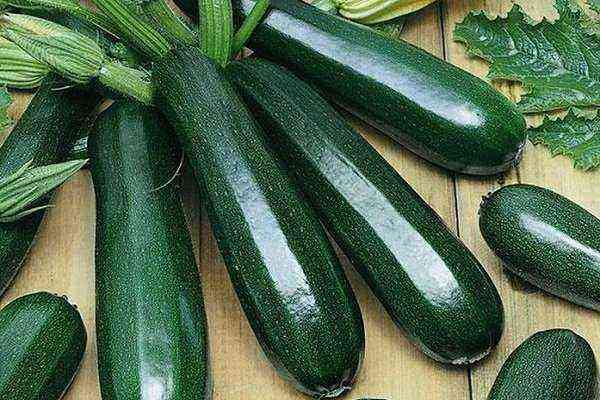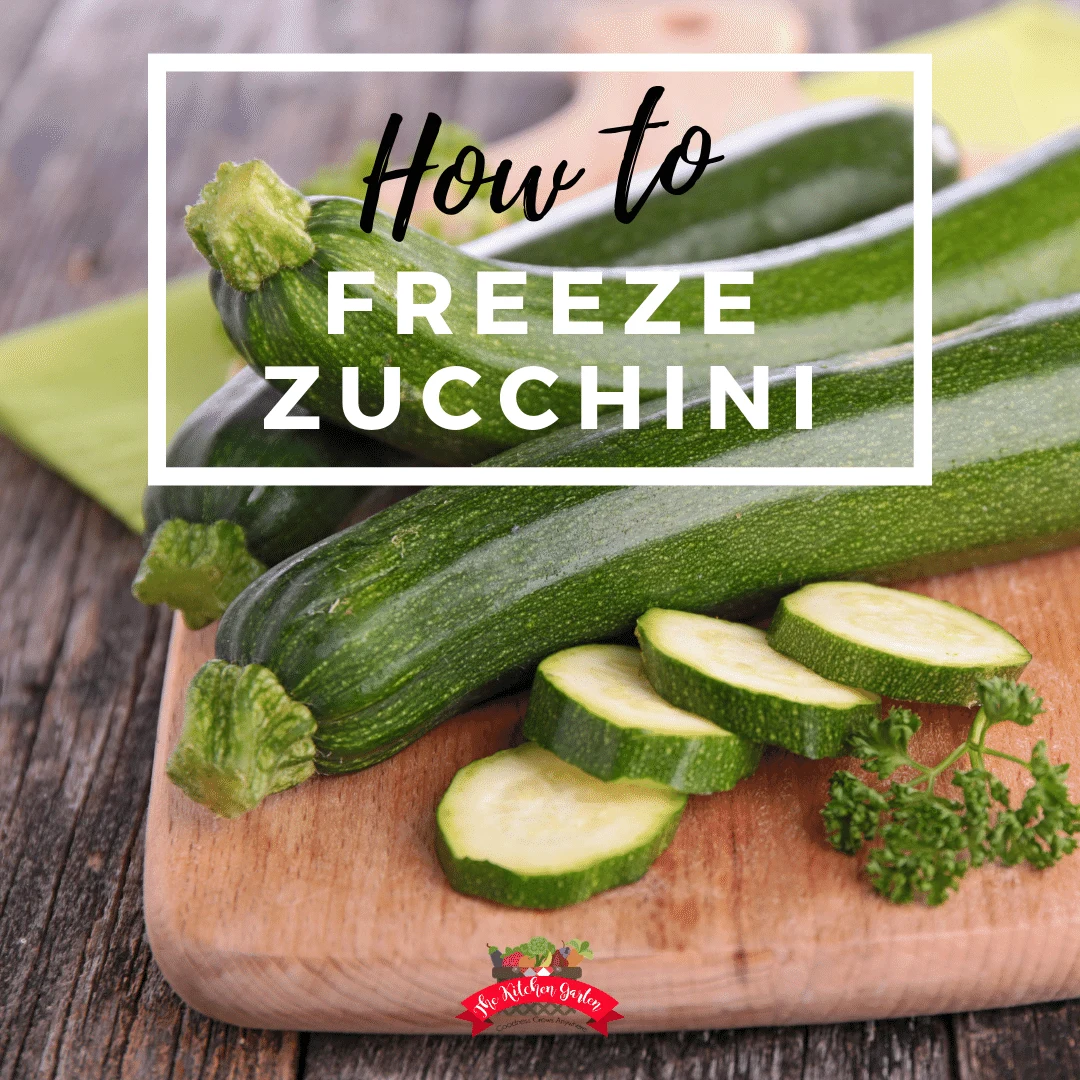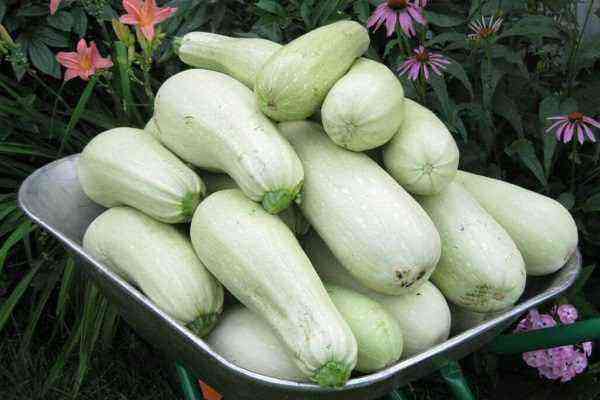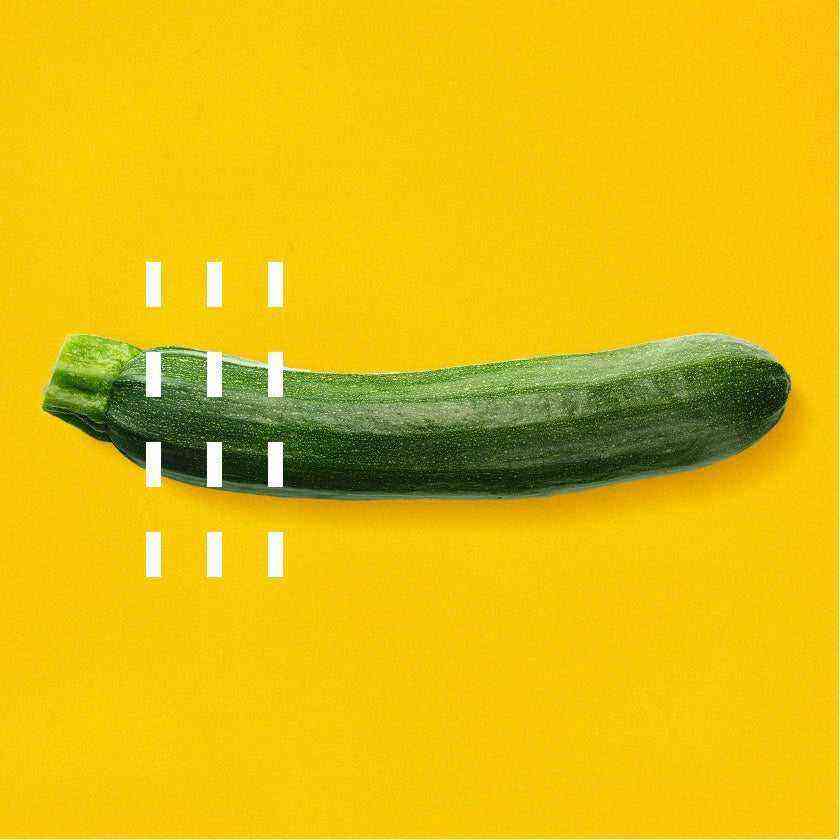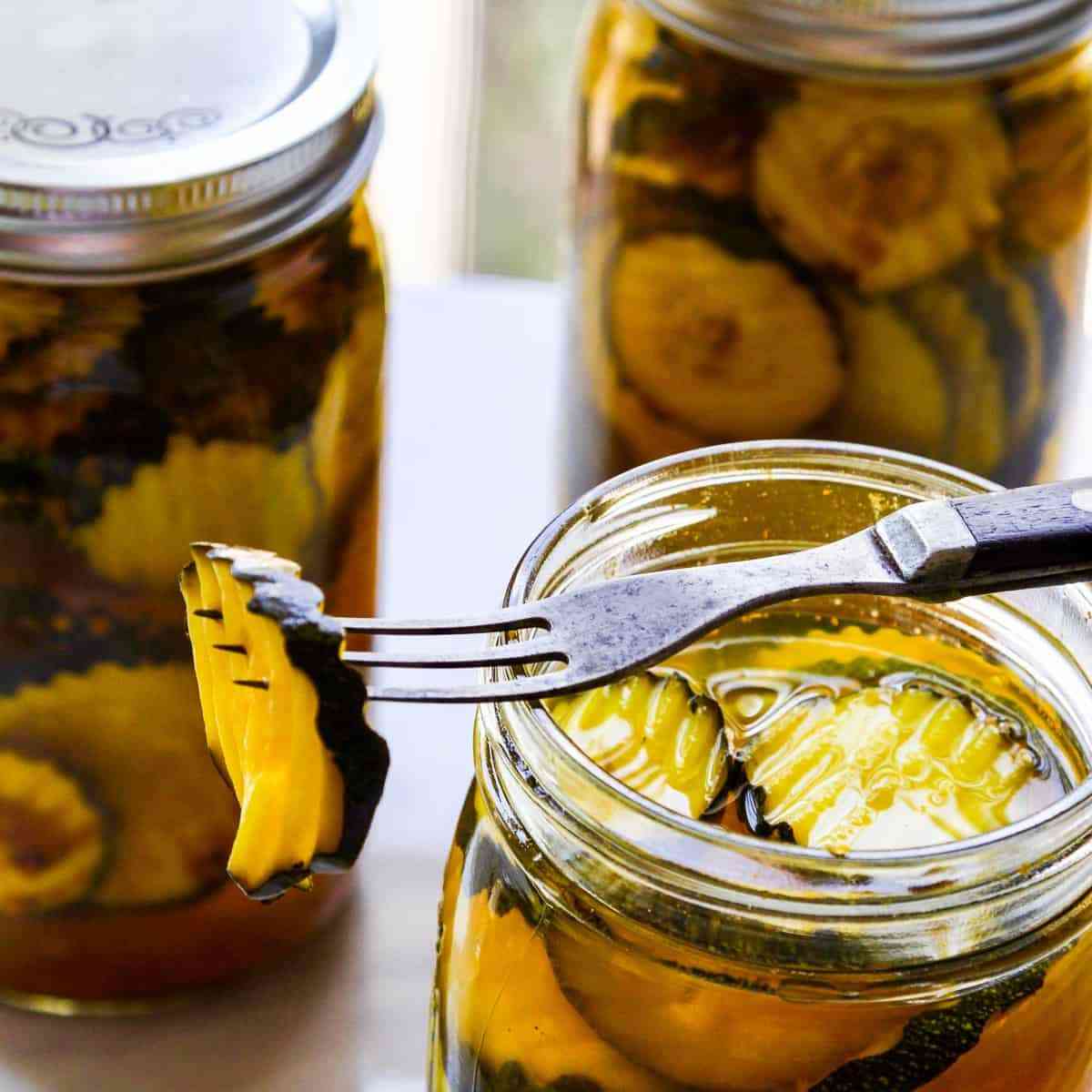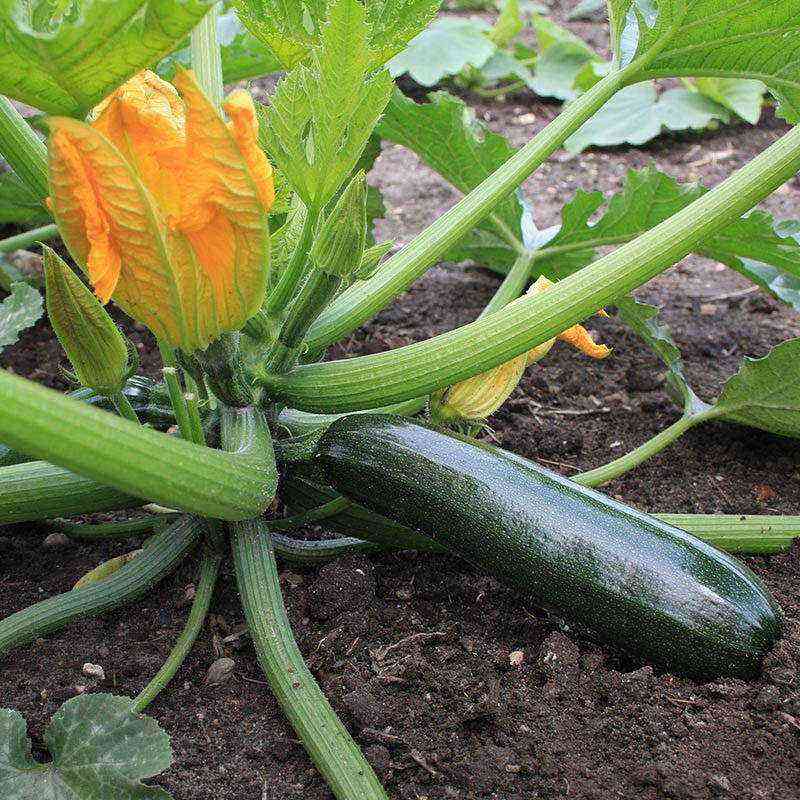Zucchini are unpretentious plants, well adapted for growing in any latitudes. But even with them there are problems. Most of them are signaled by leaf curling. It is important to understand what caused it in order to react in time and save the crop.
Improper care
The most common cause of leaf curl is care mistakes made during cultivation. It’s easy to identify and fix them.
Violation of the irrigation regime
In hot weather (especially if it has dragged on for a long period), leaf curl is a common zucchini reaction to high temperatures. Young leaf plates on the top of the bush take the form of a funnel. So the plant saves moisture, not allowing it to evaporate.
Usually this phenomenon is observed in the hottest hours, and with the onset of coolness, the leaves straighten. But if you do nothing, the zucchini will begin to dry and drop leaves. This will stop the process of photosynthesis, the plant will die.
However, excessive waterlogging leads to root rot. This is evidenced by the leaves folded inward at an early stage of vegetation. To avoid the problem, follow the rules:
- during the hot period, water the zucchini daily;
- for each bush, spend 1–1,5 liters of water;
- irrigate in the evening when the heat subsides, or early in the morning;
- in cool, damp weather, reduce water application to 2-3 times a week or until the soil dries out;
- Stop watering if it rains frequently.
It is recommended to give each zucchini bush a separate portion of water. But it is also not forbidden to shed the aisles abundantly. This is especially helpful in the morning if it’s going to be a hot day.
Nutrient Deficiency
Improper feeding also affects the growth of zucchini. Nitrogen has a positive effect on their development, but its excess affects the leaves negatively, even causing them to wilt. If, against the background of a large amount of nitrogen, a low level of phosphorus is observed, the plant also feels bad.
In order to avoid this kind of problem, it is recommended to pre-prepare the soil for planting and then, during the entire growing season, carry out top dressing. The food rules are as follows:
- Make a mixture of sanitized earth and compost with the addition of ash. The last ingredient can be replaced with superphosphate or any complex fertilizer for vegetables.
- Prepare a biofuel bed by alternating layers of dead leaves, grass, and manure. Rotting, they will warm the soil mixture and saturate it with useful trace elements.
- The first top dressing is carried out at the flowering stage. It must be nitrogen. Natural fertilizer is made from any weed (nettle, dandelion, etc. without seed boxes) and plain water. It turns out a green infusion.
- The second dressing is complex. It is better to take any appropriate factory fertilizer. It is carried out after the appearance of the ovaries and before the development of the fruits. In rainy weather, it can be repeated if there is a washout of the soil between the bushes.
- The final dressing is carried out during the growth of the fruit with a solution of ash infusion.
Planting zucchini in the same place is not recommended. Plants take all the nutrients from the soil, the soil becomes depleted. In this case, additional feeding and enrichment of the land with fertilizers will not help.
dense plantings
Zucchini needs sun. Its deficiency is manifested by a change in the color of the sheet plates and twisting. You need to plant a crop in an open area. Small trees, shrubs or a fence along the garden are acceptable. Manipulation will provide some shade on very hot days.
Zucchini bushes grow strongly, so they need a lot of space. Otherwise, the leaves will not have enough sun, and the roots – moisture, which will cause unhealthy competition and affect the condition of the plant. When planting, a distance of 1 m between seedlings is observed.
If such a step has not been followed, thinning is recommended with the removal of excess bushes. This will not negatively affect the number and size of fruits in the crop. A bush that has received more space will begin to bear fruit more abundantly.
Fungal diseases
Often the cause of leaf deformation in zucchini is the defeat of fungal diseases. Plants with “creeping” vegetative parts are especially susceptible to them.
Antraknoz
The disease affects not only the leaves, but also all parts of the plant, except for the roots. Manifested in the formation of yellow-brown spots on the leaf plates. As the disease develops, the spots dry up, the leaf plate folds.
In other areas, the lesions are depressed, with a pink coating. If spots appear at the roots, the plant must be destroyed.
To prevent the development of anthracnose, carry out activities:
- seedlings are carefully selected (the strongest and healthiest);
- the affected seedlings are removed from the garden;
- weeds in a timely manner;
- after harvesting, all plant residues are removed from the garden;
- with the approach of frost, the soil is dug up.
With the appearance of the first signs of the disease on the leaves, the plant is sprayed with a solution of colloidal sulfur or Bordeaux mixture. If zucchini is grown in a greenhouse, all surfaces of the room are disinfected in autumn and spring with a solution of bleach.
Ascochitosis
Above-ground parts of seedlings are affected. Manifested in the formation of black spots on the stem and leaves. Plate twisting is a minor symptom, often absent. The development of the disease is rapid. If symptoms are detected late, the plant cannot be saved.
The reason for the appearance of ascochitosis is waterlogging of the soil or spores remaining in the ground from the last season. As measures to combat the disease use:
- observance of crop rotation;
- timely replacement of soil in greenhouse cultivation;
- moderate watering;
- cleaning the beds in the fall after harvesting.
At the first symptoms of the disease, the area with zucchini is dusted with a mixture of chalk and copper sulfate, sometimes with the addition of crushed activated carbon. This helps to dry the plant tissue and localize the problem.
Sclerotinia (white rot)
All parts of the plant are affected by the disease. Harmful mycelium develops in thickened plantings or with excessive soil moisture. The spores of the fungus become especially active during the fruiting of the zucchini.
The disease manifests itself in the formation of a white coating on the leaves, their significant softening and curtailment. Tissue mucus is also observed.
To avoid the appearance and development of sclerotinia, methods are used:
- annual replacement of the site for planting crops;
- seed disinfection;
- observance of the interval between the bushes;
- dusting the soil with wood ash;
- compliance with the irrigation regime and the amount of water.
Fuzarioz
The danger of the disease is that outwardly it manifests itself in the later stages. The lesion begins with the roots and vascular system of the zucchini, and only in the active phase does it move to the leaves. Usually the plant cannot be saved. In addition, the disease quickly spreads to neighboring shoots.
When the first symptoms are detected, all neighboring healthy plants are dusted with wood ash. If the disease has already manifested itself on the stems and leaves, treatment with biological products (Trichodermin, etc.) is carried out.
One of the reasons for the development of Fusarium is an excess of organic fertilizers that increase soil fertility. It is recommended to improve the soil by planting green manure:
- mustard;
- radish;
- lupine.
In top dressing, observe the combination of organic matter and minerals enriched with calcium.
white powdery mildew
The disease destroys micronutrients inside the plant, causing its death. It manifests itself in the formation of rounded white spots on the leaves, then they grow, unite and cover the entire surface. Further, the leaf plates turn brown, dry out and curl up.
There are two causes of powdery mildew damage:
- spores overwintered in plant remains on the ground;
- deficiency of nitrogen fertilizers.
If the lesion has already manifested itself, zucchini is treated with Gamair, Fitosporin or Fitoflavin. As preventive measures apply:
- seed disinfection;
- compliance with the feeding schedule;
- weed control.
Peronosporoz
The disease can appear at any stage of zucchini development. It manifests itself in the yellowing of the leaves, their twisting, the formation of rounded and angular spots, the appearance of a gray or purple coating on the reverse side. At a later stage, the green tissues dry up, leaving only the petioles.
For the development of peronosporosis, a warm, humid environment is successful. Having found signs of the disease, you must immediately remove all affected leaves. It is recommended to treat all plants with infusion of onion peel or herbal remedies.
Dry top rot
It appears as yellow wet spots on the tissues of the plant. They turn brown over time and acquire a putrid odor. Zucchini leaves affected by necrosis lose their ability to retain moisture. They “wrinkle” and dry out.
The cause of the disease is most often a lack of calcium in the soil.
When the first symptoms appear, it is necessary to enrich the soil with fertilizers containing calcium. As a preventive measure in the fall, wood ash or crushed eggshells are added to the beds.
vermin
Insects also cause leaf curl and poor development of zucchini. Some of them affect the plant directly, others become carriers of dangerous diseases.
spider mite
The activity of the spider mite is to suck out nutrients and juices from the plant tissue. Insect colonies settle on the underside of leaves and multiply rapidly. With their vital activity they cause the folding of the plate, followed by wilting.
To get rid of a tick, use the following means:
- Isofren according to the instructions;
- sulfur solution;
- infusion of onion peel.
So that the liquids stick to the surfaces of the plant and linger on them, liquid soap is added to the solution.
sprout fly
The danger is not so much the insect itself, but its larvae. It is they who eat the seeds and young shoots of the plant. Caterpillars hide in the leaves, causing them to twist.
The sprout fly is bred in manure used as fertilizer. Guaranteed to get rid of it (or prevent the appearance) will not succeed. When zucchini is damaged by insects, granular insecticides are introduced into the soil in the garden.
Melon Caviar
Aphids are among the most dangerous pests of vegetables. The insect settles in large colonies. Their number is constantly increasing.
The defeat extends to all above-ground parts of the zucchini. On the leaves, aphids are grouped on the reverse side, provoking the “shrinking” of the plates.
The impact of aphids leads to drying of tissues and damage by viruses (especially with thickened plantings) – squash mosaic and phytophage.
Prevention is carried out by carefully cleaning all plant debris from the garden. It is in them that aphids hibernate. For the treatment of insects, the preparations Spark, Intavir and Karbofos are used.
whitefly
The insect usually enters its active phase in July. You can learn about the impact of the whitefly by sticky secretions on the surface of the leaves. In the future, soot fungi form in these areas – a black coating that looks like a layer of dust. It is the development of a fungal disease that leads to deformation of the leaf plates.
To combat the whitefly, plants are sprayed with a solution of Confidor or Phosbecid. Further, the substances are washed off from each leaf with water (a weak soapy solution can be used), and the soil around the bushes is thoroughly loosened.
Preventive measures
The rules of zucchini farming are simple, and also include prevention. This will help to significantly reduce the possibility of infection of squash leaves (and other parts of the plant) and prevent pests from affecting them. The main protective measures are:
- observance of crop rotation;
- seed disinfection;
- cleaning the site after harvesting from plant residues;
- tillage for sowing (spill with boiling water or manganese solution);
- prevention of thickening through compliance with the landing pattern;
- thorough weeding with the removal of weeds from the site;
- timely watering with sufficient water;
- regular inspection of the bushes for damage and lesions.
The easiest way to avoid problems that are preceded by leaf curl is to fully comply with the rules of agricultural technology. Growing zucchini does not require much time and effort, and it is very easy to detect infection or other damage, and most often it is not at all difficult to correct the situation.

